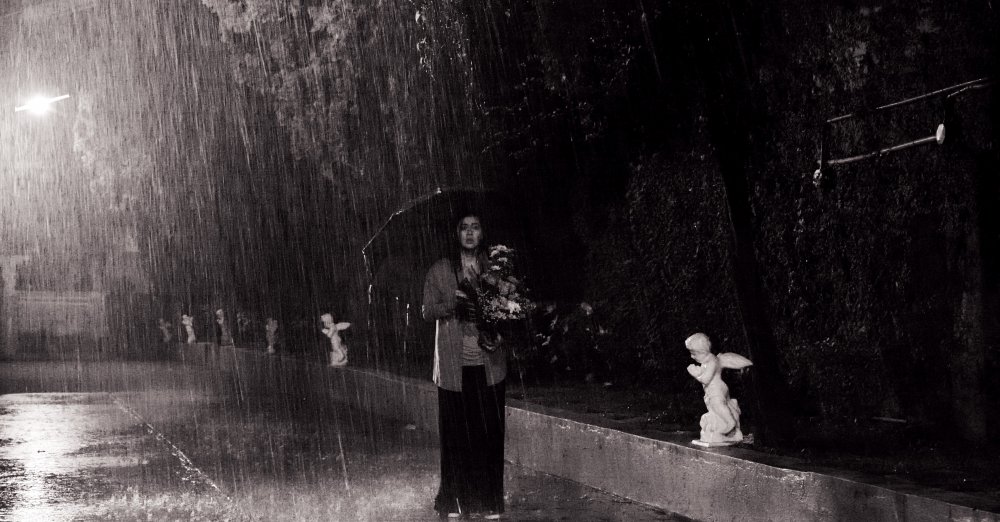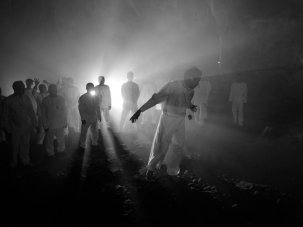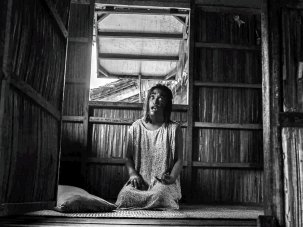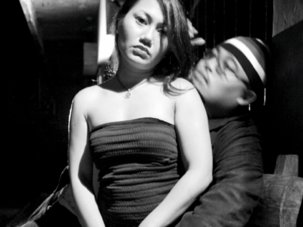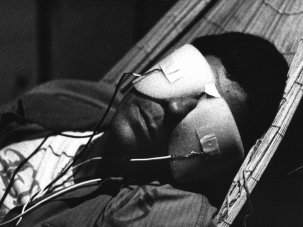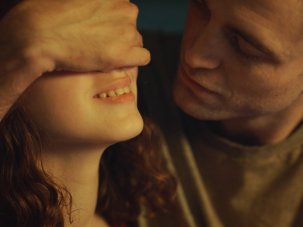“Get a hold of some acid. It will serve you really well. Maybe you’ll be able to escape The Halt.” This was Lav Diaz’s advice to the audience ahead of the premiere of his new film in the Directors’ Fortnight, read out by one of his actresses since the director was held up at a workshop in Cuba. Diaz ended his letter by saying that the majority of the world no longer trusts in the future and that cinema should play a role in restoring that trust.
Philippines/China 2019
4hrs 36mins
Director Lav Diaz
Cast
Martha Officio Hazel Orencio
President Nirvano Navarra Joel Lamangan
Hook Torollo Piolo Pascual
Haminilda Rios Shaina Magdayao
Jean Hadoro Pinky Amador
Marissa Ventura Mara Lopez
Black & White
Heeding the first part of Diaz’s introduction is almost certainly a terrible idea. Clocking in at four-and-a-half hours and shot in funereal monochrome, The Halt is a claustrophobic and exceptionally bleak lament over the Philippines’ current political reality. Already an arduous experience sober, it would be pure hell to trip through. As for his concluding remarks, Diaz does end his latest opus on a faint note of hope, clinging on to the belief that a better future can be built from the ruins of the present if the Filipino people rouse themselves out of their waking nightmare.
Having frequently set his films in the past as a means of reflecting on the present, Diaz goes the sci-fi route with The Halt, whose phantasmagoric dystopia, set in the year 2034, is a thinly disguised representation of the contemporary Philippines. Not only does everything look the same – a budgetary limitation that the director turns into a Brechtian asset – but the country is ruled by President Nirvano Reyes Navarro, a grotesque despot whose white-shirted outfits and penchant for feeding the flesh of drug addicts to his pet crocodiles clearly signal him as stand-in for the actual president, Rodrigo Duterte.
The Halt opens with a title card stating that, due to a series of massive volcanic eruptions in the Celebes Sea three years prior, the sun has stopped shining over South East Asia, plunging the Philippines into constant darkness. By having a character describe Ferdinand Marcos, the president turned dictator who ruled the country from 1965 until 1986, as the “cataclysm of the Filipino soul”, Diaz seems to be positing that Duterte’s election three years ago could well come to be regarded as an equivalent disaster.
In 2034, the streets are largely deserted except for the armed soldiers and drones of Navarro’s Special Forces who are on constant patrol, checking IDs in search of the rebels hiding out amongst the population and readily executing any they can find. It takes a long time for the protagonists to emerge from the large cast, as Diaz constructs his narrative as a series of lengthy standalone scenes that are for the most part shot in a single static take – the camera moves only once during the whole film – favouring mood over exposition. These are often gorgeously lit, taking advantage of the premise of endless night to cast the characters in expressionistic shadows as they deliberate their political and existential predicament.
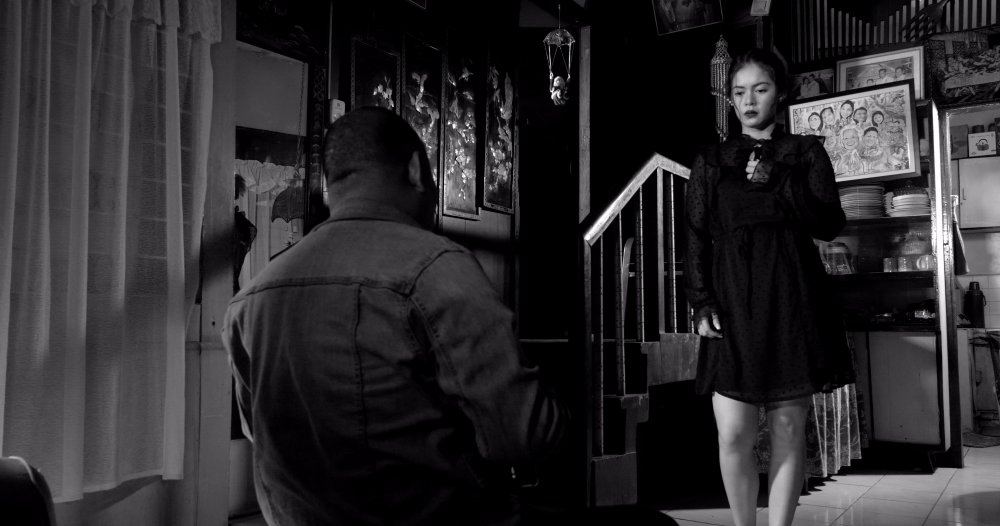
Shaina Magdayao as Haminilda Rios
It eventually transpires that the main characters are split into two groups, essentially representing good and evil. The former camp includes the rebel Hook Torollo and the psychiatrist Jean Hadorro, whereas the latter comprises President Navarro and his two top executioners, lovers Martha Officio and Marissa Ventura. Serving as a bridge between them is Haminilda Rios, a high-class prostitute and frequent client of Ventura’s who suffers from trauma-induced memory loss, which Hadorro is trying to cure.
Like the majority of Diaz’s films, The Halt is very uneven. Many extended dialogues are thuddingly on the nose, such as the repeated therapy sessions between Rios and Hadorro, which unnecessarily spell out that Rios’s condition is symbolic for the nation’s historical amnesia. The performances are a frequent weakness of Diaz’s cinema and here he has written a number of demanding scenes that simply exceed his actors’ abilities. When Navarro is driven increasingly manic by the voices in his head, alternately breaking out in cackles and sobbing for his mother, the caricature of the deranged dictator risks coming off as silly rather than satirical.
But there are also frequent sequences of incredible potency. At one point, Torollo attends the concert of a former bandmate, intending to pass unnoticed in the crowd, but his friend spots him from the stage and plays one of their old songs as a gesture of recognition. A moving and mournful expression of loss, this rare instance of music bursts forth from the oppressive uniformity of the soundtrack, offering much-needed catharsis to characters and viewer alike. In a scene late in the film, one of the many orphans who live in the streets is cremated after having died of hunger. As the pyre burns in the distance, a group of children are sat in the shot’s foreground, their flickering silhouettes silently observing the flames in a devastating image of senseless deprivation.
Most powerful of all, however, is the ambience that Diaz conjures and maintains throughout. And this is also what gives purpose to The Halt’s extreme length. By immersing the viewer in the despondency that incapacitates his characters – presumably the suspension referred to by the film’s title – Diaz renders their overcoming of this condition as a feat at once heroic and vital.
-
The Digital Edition and Archive quick link
Log in here to your digital edition and archive subscription, take a look at the packages on offer and buy a subscription.




